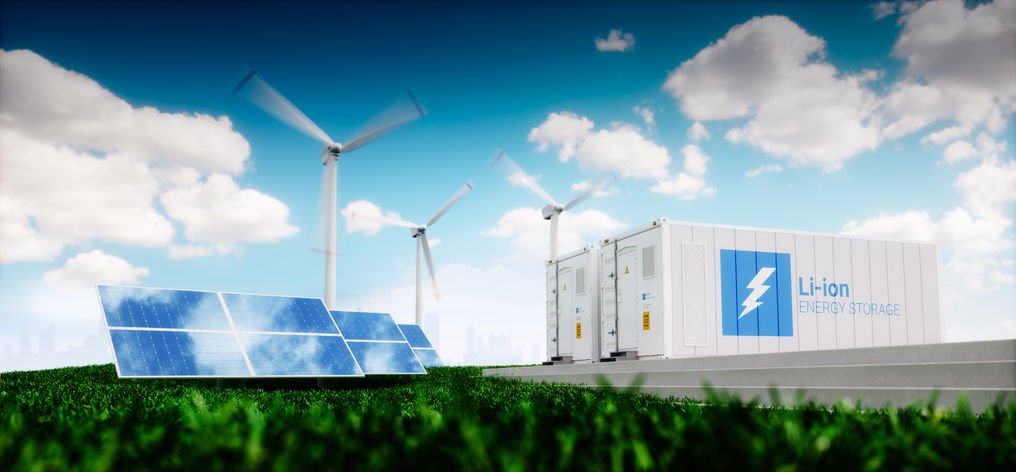Traditionally, utilities built and operated a portfolio of generation plants consisting of a few large baseload units – typically nuclear or coal – some intermediate plants, and a number of peakers – typically natural gas-fired units with rapid ramping capability. Baseload units ran close to flat out year-round, 24/7; the intermediate units were used to fill the fluctuations in demand; while the peakers were used sparingly to meet occasional surges in demand — say, on hot summer afternoons when air conditioning load would spike for a few hours.
Fast forward to 2019 and beyond and one is likely to encounter a different paradigm, where on many networks an increasing share of generation is provided by renewable resources, most likely wind and solar, neither of which is dispatchable nor totally predictable. In this environment, what the grid operators crave the most is the flexible generation, especially options with a rapid ramping capability to fill in any unexpected shortfalls in renewable generation and to maintain the system’s reliability.

This much is old news. What is new is that recent advances in energy storage technology, especially batteries, coupled with dramatic cost declines is making storage increasingly attractive relative to gas-fired peaking plants, which are not particularly efficient, are highly polluting, and are expensive to maintain. Moreover, since peakers are infrequently used and only for a limited number of hours, they tend to be poor investments, sitting idle most of the time.
A case in point was a decision by San Francisco–based Pacific Gas & Electric Company (PG&E), backed by the regulator the California Public Utilities Commission (CPUC) in Nov 2018, to replace 3 gas peakers with large battery storage units that would be among the world’s largest when completed.
The approved batteries would have a total of 567.5 MW of power capacity with 2,270 MWh of energy storage consisting of a 300 MW, 1,200 MWh project from Vistra Energy and a 182.5 MW, 730 MWh Tesla battery that PG&E would own – all lithium-ion batteries.
Read more: Clean Technica


